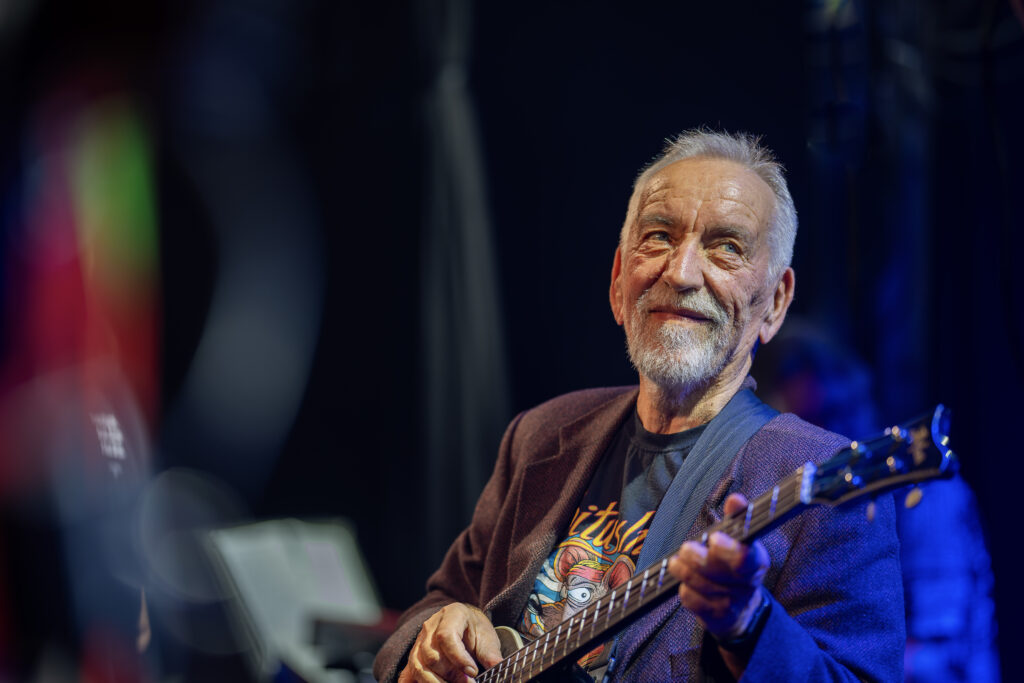Finnish rock legend Harri Rinne has traded Tampere for Estonia’s Hiiumaa, where he enjoys a tranquil life filled with songwriting, humour, and nature. While joking about becoming Estonia’s president, he treasures the freedom and charm of his island paradise.
Finnish rock legend, the singer-songwriter Harri Rinne (76) has, for some time, traded the cityscape of Tampere for the tranquil charm of Hiiumaa, Estonia’s smallest county. His companion is an Estonian woman he deeply adores. In his leisure, Rinne photographs wildlife and birds, pens new songs, and finds little to complain about life in Estonia, except for one recurring issue: the icy winters. Slippery pavements and staircases, he remarks, are not to his liking, a sentiment he expresses fluently in faultless Estonian.
Best known as a musician and songwriter, Rinne is capable of seriousness when required, but his words are usually laced with a healthy dose of humour and sarcasm. After all, Finns are masters of straight-faced wit, a trait familiar to Estonians. When asked whether he is responsible for all of Finland’s hit songs over the past fifty years, Rinne quips: “Not quite all – probably about half of them I didn’t write.”
A multifaceted and prolific career
As someone who grew up listening to songs written and performed by Harri Rinne, the author of this piece often wondered how a single individual could produce such a torrent of creativity. Beyond music, Rinne has authored books, including one chronicling Estonia’s Singing Revolution – a bloodless struggle for freedom – narrated from the perspective of musicians. When asked if there is anything he regrets not having accomplished, he mentions mountaineering, surfing, and motorcycling. “Those, and many other things, simply didn’t happen,” he reflects. There are also things he confesses to being entirely inept at, such as painting and remembering faces. “I need to meet someone fifteen times before their face sticks in my memory. I’ve also failed to acquire any sense of style or taste,” he adds with a wry smile.
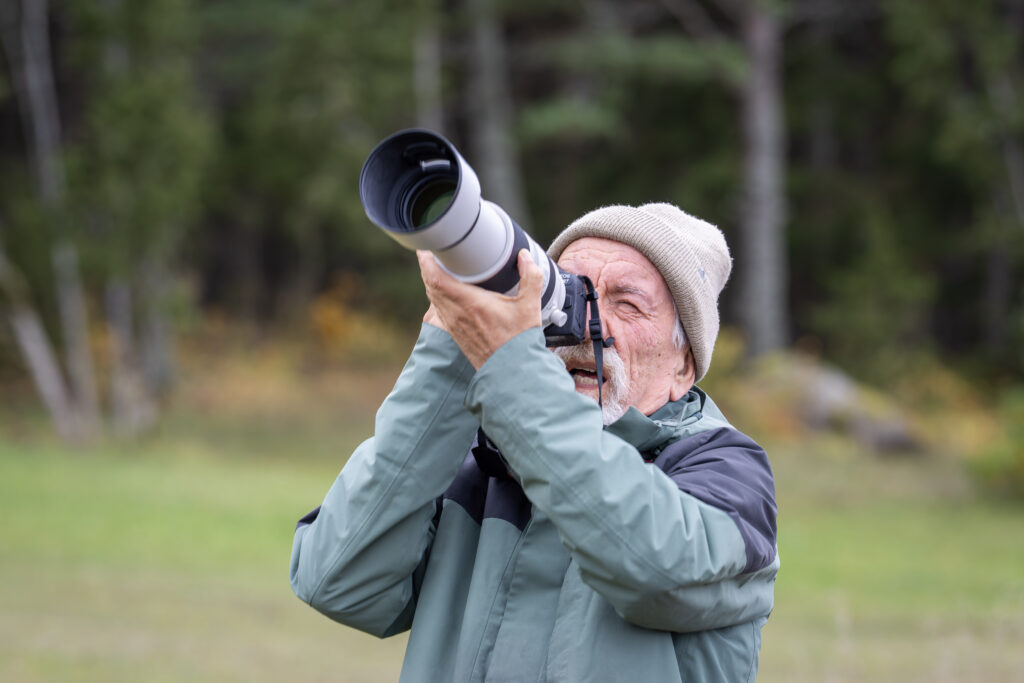
Asked what currently occupies his time, Rinne explains: “Just today, I sent an English text for a song featured in Mika Kaurismäki’s film The Clan. Apparently, they’re planning to release the film as a book and thought the musical part should also be translated. I also sent some lyrics to the Hauli Bros band, who performed during the 50th anniversary tour of our band Coitus Int Revival (formed in 1972 with Mikko Alatalo and Juice Leskinen). And I applied to the Finnish Cultural Foundation – perhaps the pinnacle of literary artistry: a grant application. This one is for a potential book.”
Comparing two neighbouring nations
“Estonia and Finland are not particularly similar, but Estonians and Finns are,” Rinne observes. “Thanks to history, Estonians are both more polite and more clever. Polite, because they wished to avoid association with their occupiers, and clever, because otherwise they wouldn’t have survived. This wisdom is evident in how Estonians don’t blindly copy what Finns do – as Finns once did with Swedes – but instead evaluate the results first.”
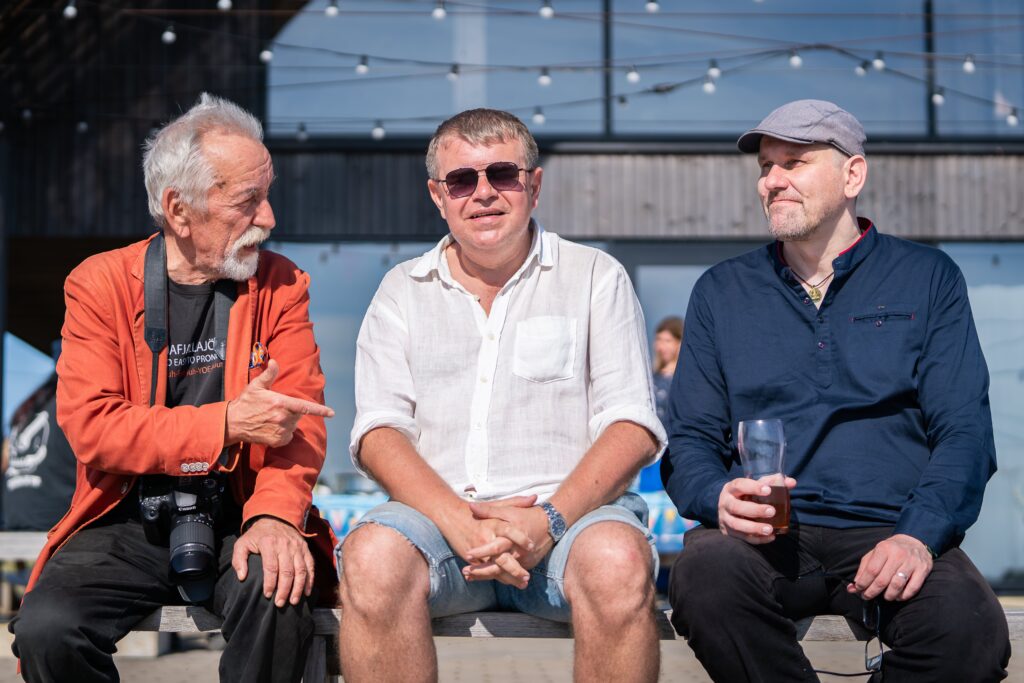
On Estonians as a people, Rinne notes that they don’t fear death as much as they dread leaving work unfinished. “Estonians are always in a terrible rush,” he remarks. He is, however, grateful to have found an Estonian partner to share his life with. “I have a wonderful wife! Living with her brings me immense joy. I should have realised long ago that one’s wife ought to be from Hiiumaa, not Finland,” he chuckles, adding with his characteristic humour, “The most important thing about a woman is her voice. A Hiiumaa woman’s voice – or indeed, almost any Estonian woman’s voice – evokes the same emotion as the scent of freshly ironed linen. A Finnish woman’s voice, on the other hand, is like a broken household appliance. Finnish women expect their husbands to be responsible for their happiness, whereas Hiiumaa women ensure that both partners are happy.”
Rinne identifies further differences between the two nationalities. “I’ve often seen Estonians conduct an annual review at the New Year, reflecting on what went well and what didn’t. Finns, by contrast, usually make some resolutions and break them by the second week of January,” he quips. “When I first got to know Estonia, I found Estonians’ general politeness, compared to Finns, rather odd. Now I’ve grown accustomed to it, but I haven’t yet managed to adopt it myself,” he says with a laugh.
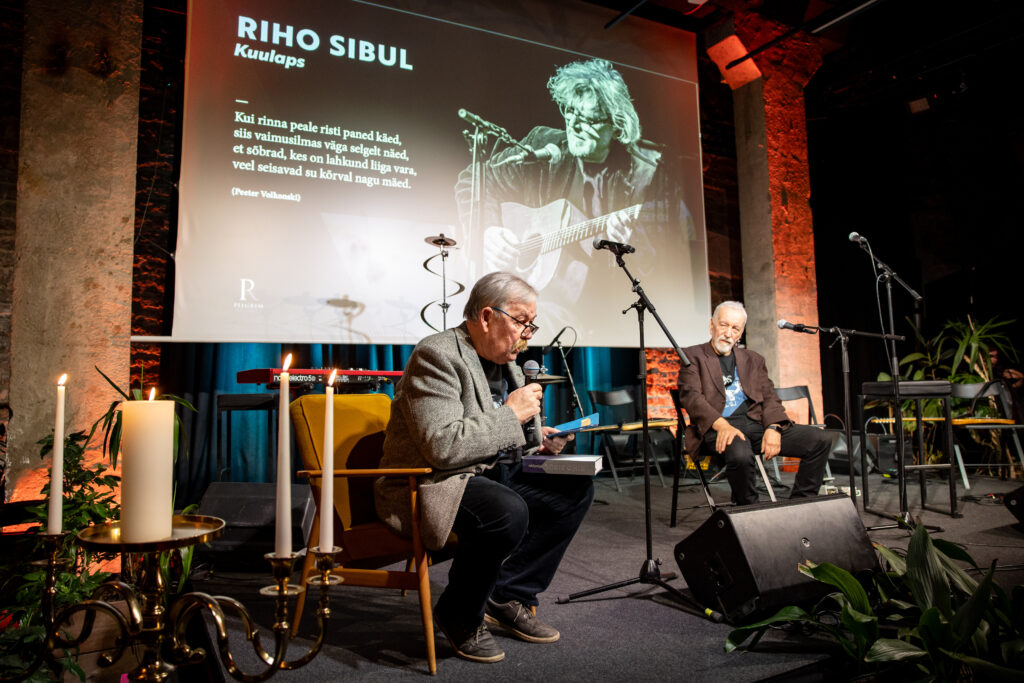
Rinne is also effusive in his praise for the Estonian media, particularly in comparison with its Finnish counterpart. “I’ve noticed that Estonian media is far superior. Unlike in Finland, Estonian journalists genuinely seem to serve the public. No hidden agendas, no pretentiousness. They’re straightforward, when necessary, but always polite.”
A Finn at heart
When asked whether, after years of living in Estonia, he now feels more Estonian than Finnish – or perhaps something else entirely – Rinne explains that his “software” was already 50 years old when he arrived. “It’s programmed so deeply that I couldn’t replace it with Estonian software, even if I wanted to,” he asserts. On the topic of relocation, he adds: “Historically, thousands of years ago, most Finns came from Estonia. Surely, some of us should return home!”
Rinne frequently praises Hiiumaa’s natural beauty, noting that only those comfortable with themselves can truly thrive in a place where nature is a core component of life. He believes Estonians are inherently close to nature. What about Finns? “Probably,” he says, “although the population – particularly the younger generations – is rapidly urbanising. There are now generations who haven’t even seen a cow!” If Hiiumaa were ever to disappear, Rinne would consider moving to Tartu or Viljandi, both of which he finds appealing.
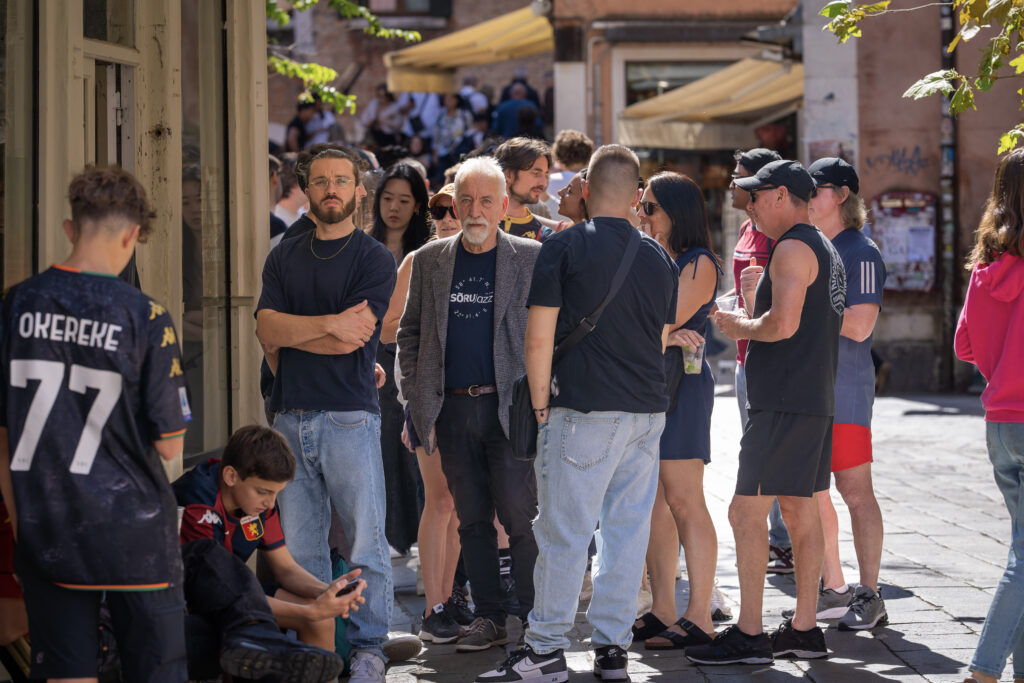
Contentment on Hiiumaa
Rinne describes his life on Hiiumaa as paradise on earth. “I have wonderful friends on Hiiumaa, across Estonia, and perhaps a few in Finland and elsewhere,” he says, humbly adding that he doesn’t feel he’s truly deserved such good people in his life. “Laziness and comfort kept me from doing as much, or as well, as I might have been capable of – but it no longer bothers me,” he admits with typical irony.
As for future aspirations, Rinne jokes that, since his classmate was Finland’s president (Sauli Niinistö, in office from 2012 to 2024), it would be thrilling to become Estonia’s president. “So I could say, ‘Look, Sauli, what I’ve achieved!’” he exclaims. “But then again, who wants a life where every minute is accounted for? You can’t suddenly decide to skip a meeting with the Ugandan president and go for coffee instead. Every move and yawn is scrutinised. You can’t fall asleep at a dull concert or pull faces during a long-winded speech,” he says with a grin, continuing his life in Estonia – without taking up the presidency.

The article is part of the media programme “Estonia with many faces,” which highlights the richness and diversity of Estonian culture. The programme is supported by the Estonian Ministry of Culture and co-financed by the European Union.

